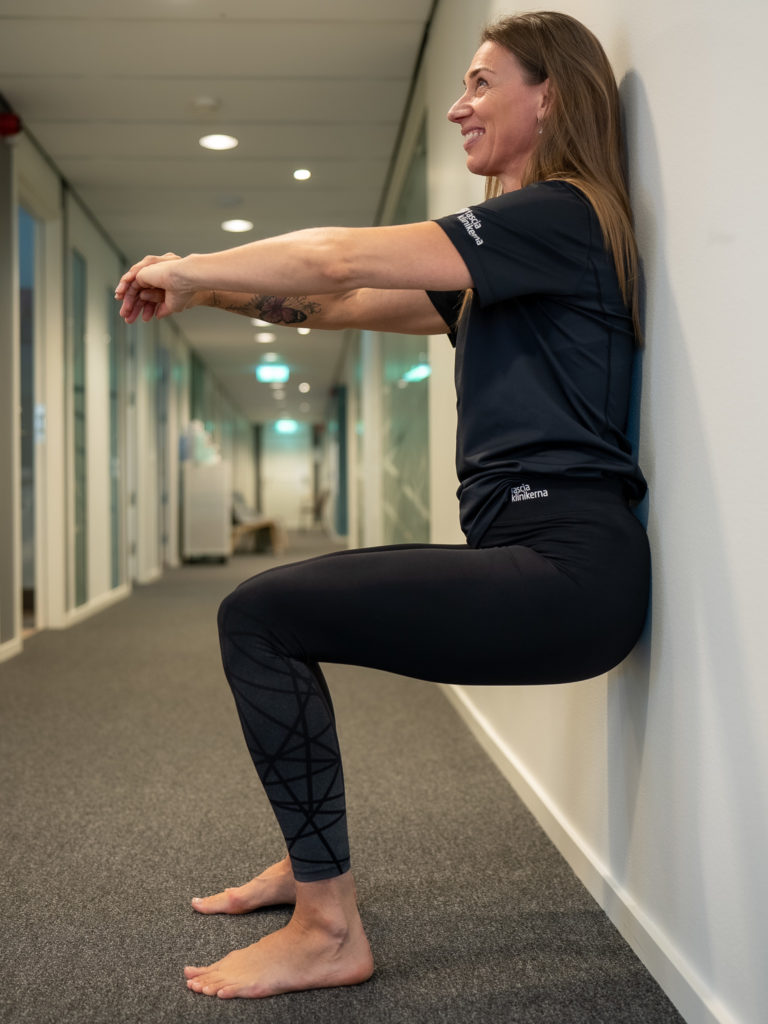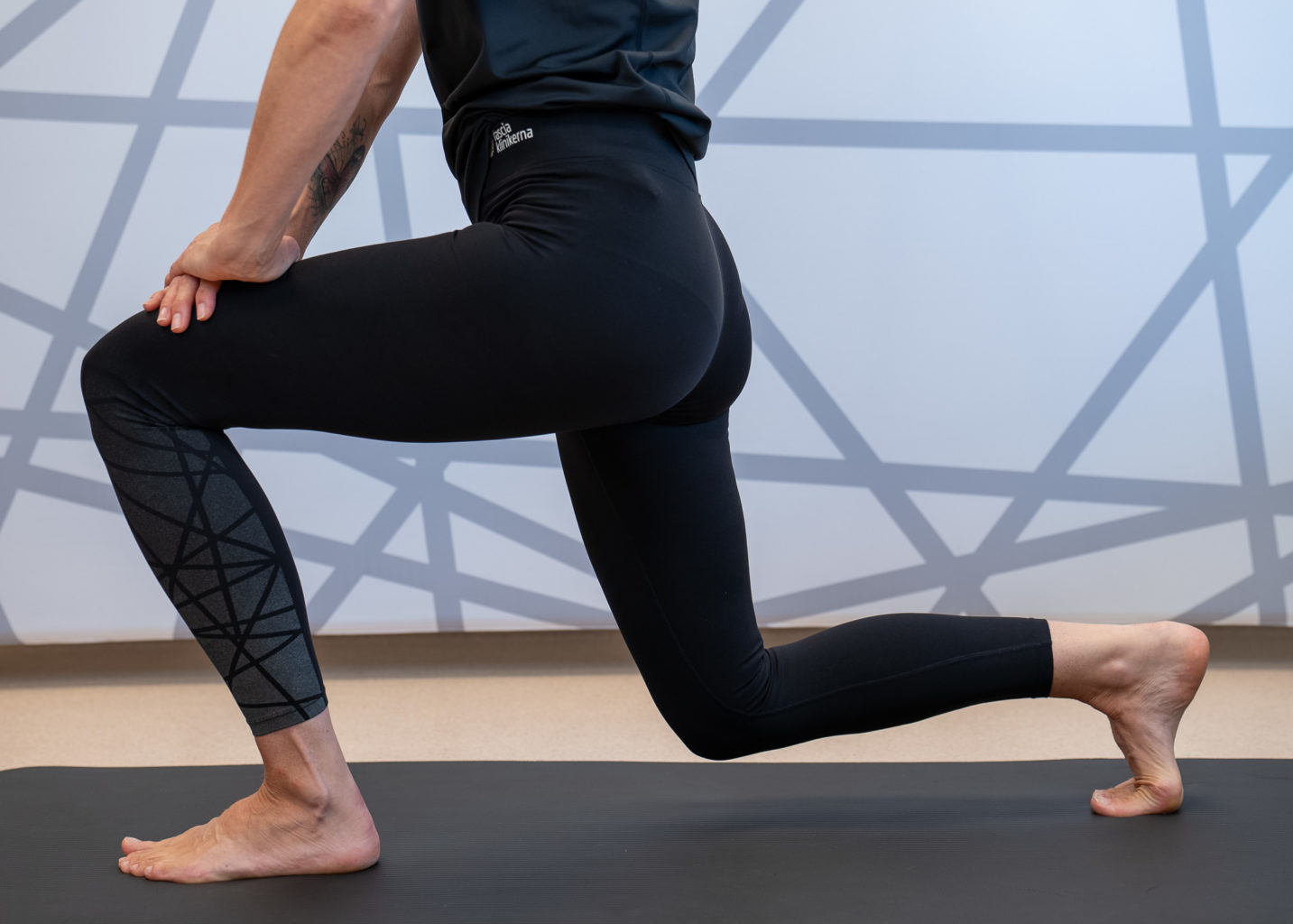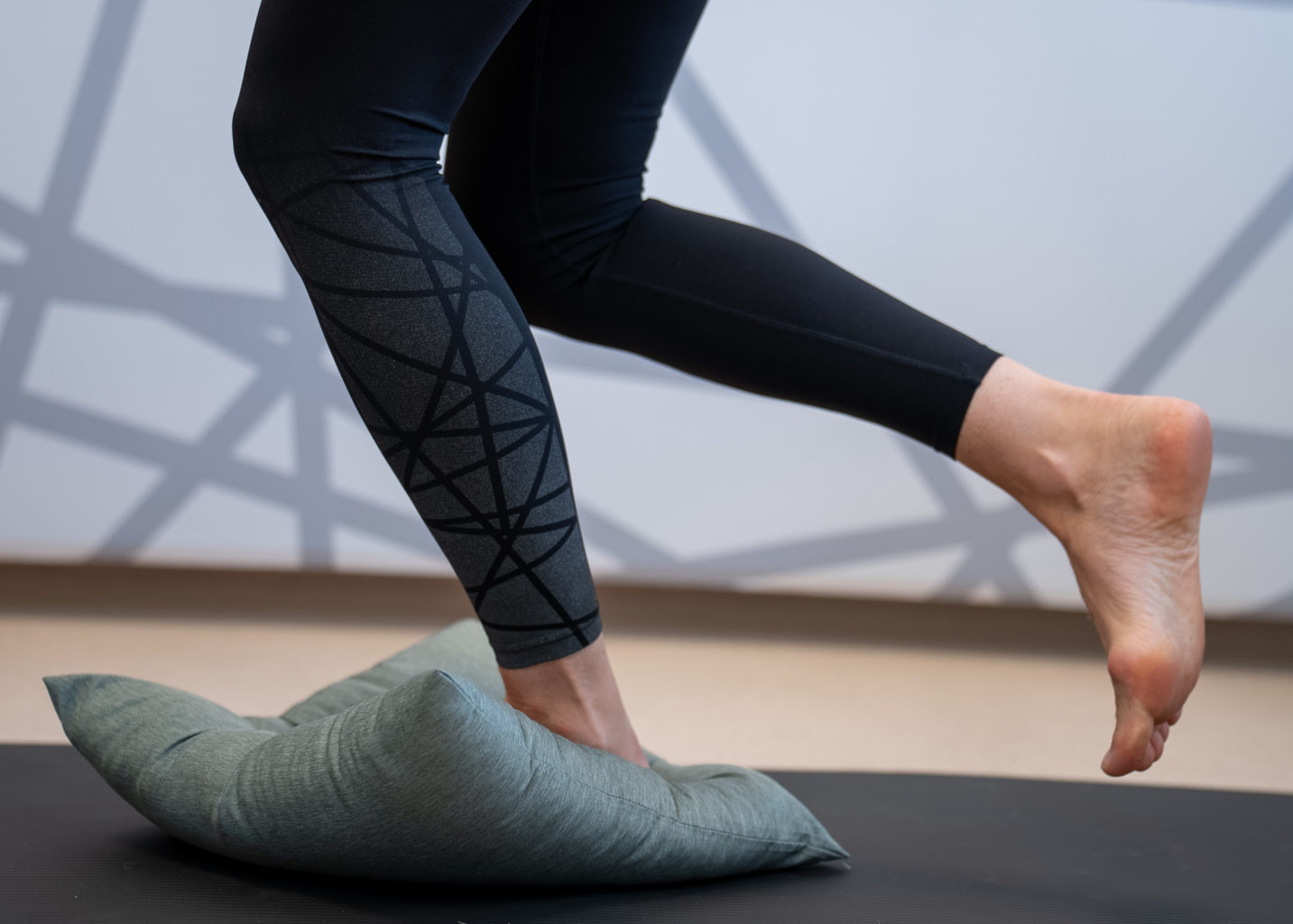Schlatter’s knee treatment

Schlatter’s knee, also known as Schlatter’s disease and Morbus schlatter, occurs when the lower tendon attachment of the quadriceps femoris muscle becomes strained and inflamed. The tendon, also known as the patellar tendon, attaches to a small bump on the upper tibia, a few centimeters below the kneecap. In Schlatter’s knee, this bump swells up and becomes tender. Schlatter’s knee mostly affects children, usually physically active boys aged 8-15 years. The pain is usually associated with activities that put a lot of strain on the thigh muscle. Schlatter’s knee is not dangerous and usually goes away on its own. However, it can be very painful and can take a long time to heal.
What is Schlatter’s knee?
Schlatter’s knee, also known as Osgood-Schlatter’s disease, is a painful condition that mainly affects children and adolescents during the growth spurt of puberty. It is an inflammation of the kneecap where the tendon of the thigh muscle attaches to the kneecap that causes pain in the knee during activity and movement.
What causes Schlatter’s knee?
Schlatter’s knee is caused by the patellar tendon becoming overloaded and inflamed. If the thigh muscle is subjected to repeated impact and strain, micro-injuries occur in the tendon attachment that can cause bone and cartilage fragments to break off. The body tries to heal the damage and inflammation and swelling occur.
This disease usually occurs in those who are very active and participate in sports that involve a lot of running, jumping and rapid changes of direction. Boys aged 12-14 and girls aged 10-12 are most likely to be affected, but it can occur in younger children and older teenagers too.
Why do you get Schlatter’s knee?
Schlatter knee is caused when the muscles that attach to the hamstring are overstretched, causing small micro-injuries to the tendon attachment on the tibia.
What are the symptoms of Schlatterknee?
Aches and pains at the attachment of the hamstring to the tibia.
The attachment is swollen and thickened.
Knee pain increases with activity that puts strain on the hamstring and anterior thigh muscles.
When pressure is applied to the fastener, soreness occurs.
Schlatter’s knee when pregnant
During pregnancy, relaxin is released to soften fascia and joints to prepare the body for childbirth. During pregnancy, estrogen levels are also high. High estrogen levels decrease the production of type I collagen and increase type III collagen. Softer joints with softer collagen will require the muscles to work extra to stabilize and resist. With a bigger belly and increased weight, the load on the knees becomes even greater and will require greater muscle power.
When and where should I seek treatment for Schlatter’s knee?
If you feel pain in your patellar tendon attachment and suspect that you have suffered from Schlatter , you can get help from the FasciaClinics. It is important to seek help as soon as possible to prevent the pain from getting worse and causing further compensatory damage.
How is Schlatter’s knee treated?
At the FasciaClinics, a analysis of your body is performed. If there is an increased load in any area, there is a risk that it will become overstretched and damaged. The treatment relieves and relieves tension in the body, which reduces pain and stiffness. Tightness in the fascia disappears and flow increases, making it easier for the body to heal. The body becomes more balanced, which means that the loads are more even. The treatment rarely hurts but is experienced as relaxing and pleasant.
Schlatter’s knee – What can I do myself?
It is good to exercise to promote healing. It is important to have the right type and intensity of exercise. If the problems have arisen due to overexertion, it can be good to rest from the strain that triggers the pain. Switching to another physical activity can also be a good idea.
Stretching the front of the thighs and hip flexors may help.
It is important to strengthen the muscles around the knee, especially the anterior thigh muscles, which transition to the hamstring. It is also important to train the muscles of the back and core stability. Balance is also important.

Schlatter knee exercises
It is good to strengthen the muscles in the front of the thighs that connect to the hamstring. Exercises such as sitting against a wall with knees bent, squats, lunges and leg kicks are examples of good exercises.
Also train your back muscles and posture. Balance and core stability are also important.


Frequently asked questions about Schlatter´s knee
What is Schlatter’s knee?
Schlatter’s knee is when the attachment of the patella tendon to the tibia becomes overloaded and inflamed.
How do you tape Schlatter’s knee?
A common taping procedure for Schlatter knee is in a Y-shape. The person having their knee taped should have their knee slightly bent. Cut two strips about 20 cm long. Then cut both strips about halfway along the length so that a Y is formed. Place one strip under your knee to form a Y. Turn the other strip so that the Y is upside down and place it over the knee. It is important to follow the shape of the kneecap for relief and support. Finally, place a piece of tape under the kneecap, on top of the pain area.
How do you cure Schlatter’s knee?
Schlatter knee usually goes away on its own. If you have a lot of problems, you can go to the FasciaClinics to balance the body and relieve the knee. It is also important to strengthen the muscles around the knee.
How do you treat Schlatter’s knee?
Slapping knee usually heals on its own, but it can take a long time and be painful. Fascia treatment can balance the body so that the load is more even and reduce the healing time of the knee. Exercising and stretching the area also helps.
 Search
Search































